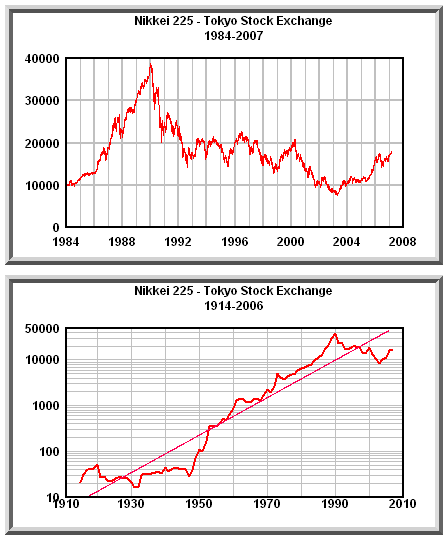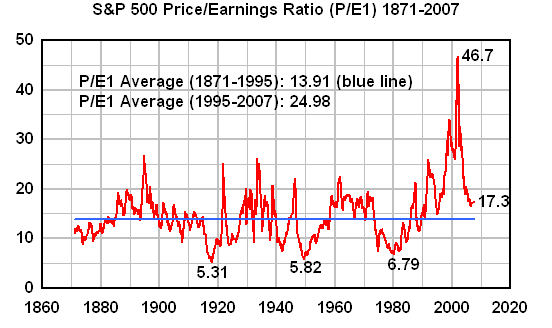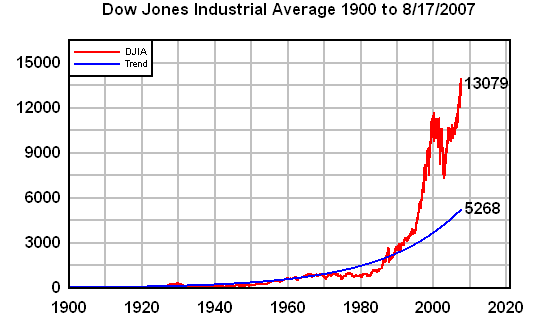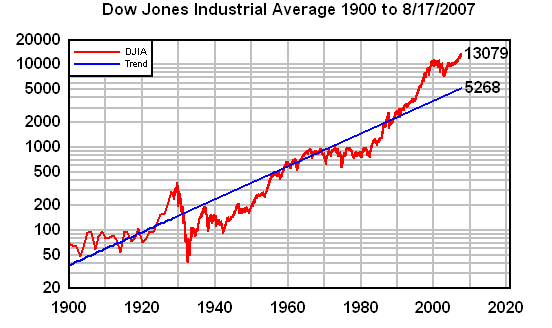Thanks for pointing that out.
I'm testing out the following theory: Once the panic starts for
real, it spreads like wildfire. Now, it takes a while for wildfire
to spread, but the theory is that panic spreads at a certain rate
that's irrespective of the country or time in history.
The theory is that the wildfire spreads to a generational stock
market crash in about 7-8 weeks, and burns itself out in about 4
years.
In this case, we count the panic as starting when the market peaks,
which would be July 19. In 1929 the market peaked on 9/3, and the
generational crash began on 10/24. The wildfire then burned itself
out in 1933. That's where we get the 7 week / 4 year figures from.
The comparison to Japan in the 1990s is perceptive, since that was a
generational panic and crash as well, just like 1929 and what we're
facing today. The previous major stock market crash at the Tokyo
Stock Exchange (TSE) was in 1919.
So you have: Wall Street: Crash in 1929, new bubble in 1995, 66 years
later; Tokyo Stock Exchange: Crash in 1919, new bubble in 1984, 65
years later.
** Japan's real estate crash may finally end after 16 years
http://www.generationaldynamics.com/cgi-bin/D.PL?xct=gd.e070220#e070220
Here are some graphs from July showing the Nikkei index:

The first chart shows, as you point out, that the crash began
January 4, 1990, and burned itself out about three years later. The
second chart shows that the same thing was true for the 1919 crash.
Now here's a chart that gives more detail on the TSE 1990 crash:

The peak was reached on 12/29, and the crash began on 2/21, about 7
weeks later. So this supports a 7-8 week theory.
A web site reader wrote to me this morning to tell me he's done a
little research on the 1720 South Sea Bubble. The stock peaked at
1000 on Aug 1, and crashed to 700 around September 1. By October 1,
it was at 135.
This is faster than we're talking about, but there isn't enough
information, because that's only one stock, and we're looking for a
reading on the entire stock market. Still, if one stock crashed in
four weeks, then it's reasonable to think that the entire stock market
crashed in 7-8 weeks. That needs more research, of course.
So, if this theory is true, then we'll experience a stock market
crash somewhere around September 10-24, and the crash will burn
itself out around 2011.
This isn't a prediction, of course. It's a theory that's being
tested in real time.
This is really exciting stuff. I just wish that there weren't so
much at stake. No wonder I'm totally obsessed with this -- I
experience overwhelming fascination one minute and overwhelming dread
and depression the next minute.
Sincerely,
John
John J. Xenakis
E-mail:
john@GenerationalDynamics.com
Web site:
http://www.GenerationalDynamics.com






